Travels Were Surprised at How Easy the Oregon Trail Was True or False Brainly
Advertisements
Editor's note: Face coverings (ages 5 and up) are required at all indoor and outdoor public spaces statewide, regardless of vaccination status. Learn more here.
Here's one thing you can say about the lasting legacy of the Oregon Trail, a fact that has lodged the 2,170-mile migration in the minds of generations: The struggle was real.
The numbers alone are enough to chill. Of the estimated 500,000 settlers who made the five-month journey from Missouri to Oregon in the 1840s to 1860s, one in 10 would never arrive, having succumbed to all manner of mid-journey surprises: snake bites, gunshot wounds, drowning, starvation and, of course, dysentery. Those who did make it to the Willamette Valley and beyond faced the rigors of starting from scratch in an unknown and often unforgiving landscape.
You may recognize those ways of dying from the classic Oregon Trail computer program — the inspiration for Travel Oregon's new game. Yes, the very challenges that make the original game a touchstone of 1980s and '90s childhood also made the historic Oregon Trail an epic real-life story touching generations in the West.
To pioneers, the Oregon Trail — which commemorates its 175th anniversary in 2018 — presented dreamy opportunities for a new life. To many others, the arrival of thousands of settlers spelled doom.
"There's a romance and a nostalgia that plays into [how many people remember] the Oregon Trail," says Kylie Pine, curator and collections manager at Willamette Heritage Center in Salem, once the site of early missionary settlements and today a museum to the history of the Willamette Valley. Each September the center hosts the one-of-a-kind Oregon Trail Live event.
"For me, the Oregon Trail has always been the idea of this great equalizer — that anybody could pick up and try something new in a new land," says Pine. "However, it didn't always work out that way."
The Allure of the West
Why did so many hit the trail? The answers are as individual as each of the settlers.

"The Oregon Trail is much easier to relate to on a personal level than other historical events," says Bethany Nemec, development coordinator at the End of the Oregon Trail Interpretive Center in Oregon City. "That's because the pioneers were moving for the same reasons we move today: to have a better life."
We know the travelers' stories from the diaries many kept along the way. About one in every 200 travelers kept a journal: young girls, missionaries, pioneer wives, community leaders, adventuring single men. They wrote everything from great, expansive, narrative-rich entries to bare-bones lists of what happened on which day.
For one, the places settlers left behind were in flux. Nineteenth-century America was challenged by the conflicts of the emerging Civil War, a cholera epidemic and a devastating economic depression in the Midwest. At the same time, a religious movement known as the Second Great Awakening sent zealous believers in search of lands where they could build communities centered on their faith. Still others succumbed to the story itself, fed by alluring early reports, books and stories from fur traders about the Eden-like paradise in Oregon.
The spoils were also a key motivator for settlers. Thousands had arrived in the 1840s to claim land, but even more hit the road after 1850, when Congress passed the Oregon Donation Land Act. It remains the largest sale of federal land in the country's history, with some 2.5 million acres claimed by the time the law expired in 1855.
But despite that apparent generosity, the eligibility requirements were grossly discriminatory: Single women whose husbands died along the trail were out of luck, and African Americans were outright denied the right to settle in Oregon — due to stipulations in the land act as well as other black exclusion laws. The federal government allowed white male citizens 18 and older to claim hundreds of acres of land in the Oregon Territory, with double the allotment for married couples. The law required they live on the land and make improvements for four years.
Unsettling Oregon's History
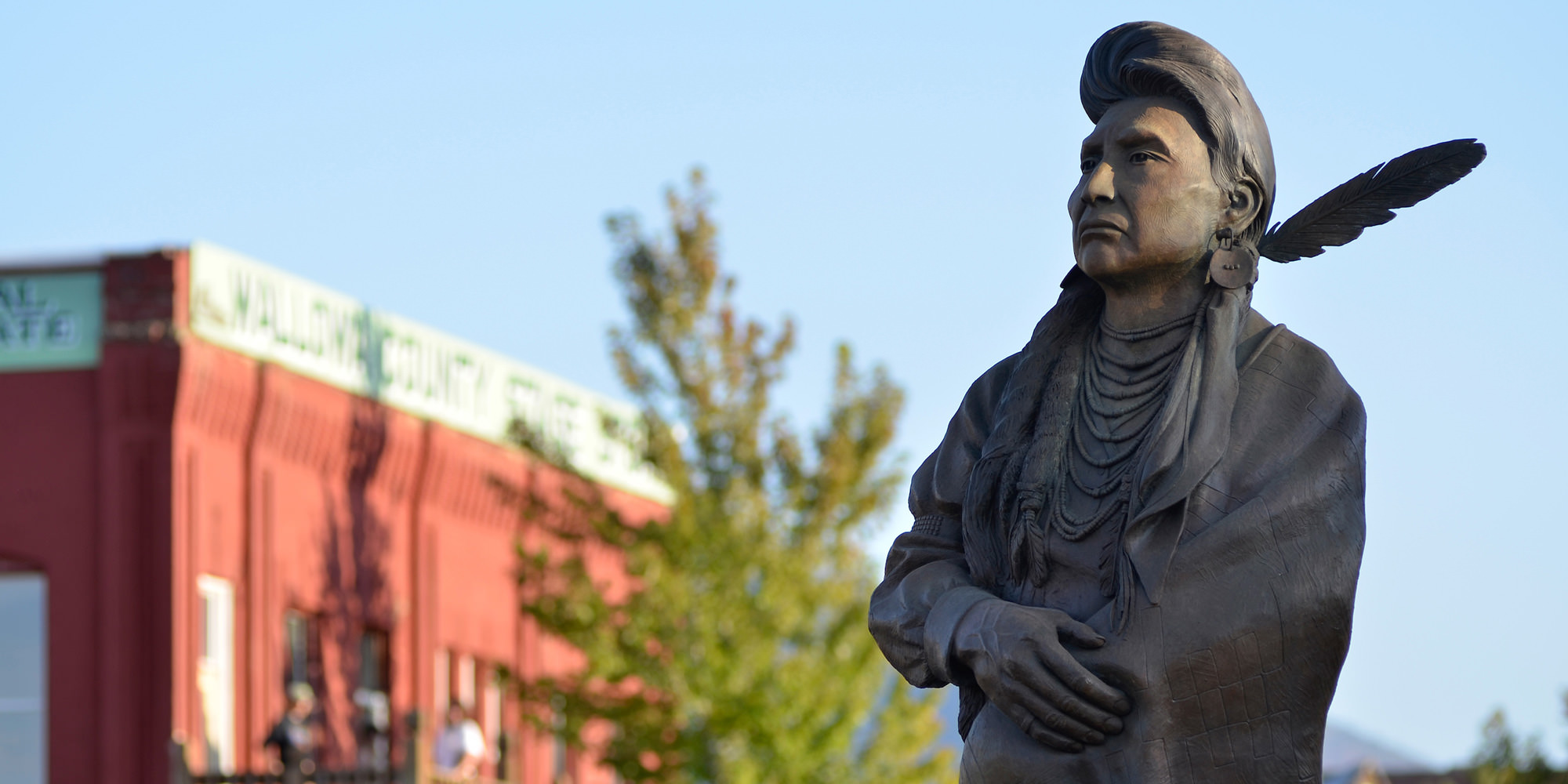
It's easy to step into pioneers' stories and see them as the heroes of an epic journey. And popular culture tends to romanticize the unflinching ambition of those who left their lives behind to venture west. But today many historians strive to paint a more accurate picture of how this mass migration decimated tribal life, in hopes that illuminating deep-rooted inequity might keep history from repeating itself.
"We've really privileged the perspectives of the pioneers when telling this story," says David Lewis, a member of the Confederated Tribes of Grand Ronde and an expert on tribal history in the Pacific Northwest.
An honest telling of that story cannot skirt the facts: The arrival of settlers in lands long stewarded by Native Americans wreaked a devastation that destroyed entire communities, subjugated native ways of life and ultimately changed the character of this place forever. European traders and then migrants on the Oregon Trail introduced diseases that devastated native populations. The very territory settlers claimed hindered access to the land upon which tribes had relied for sustenance for centuries. In fact, federal lawmakers intentionally premised the Oregon Donation Land Act on removing tribes from the land so as to "leave the whole of the most desirable portion open to white settlers."
"Tribal people were used to hosting and helping guests," Lewis says, "but they encountered people who refused to share food or resources — because they weren't like them."
The lasting impact of the Oregon Trail may be too large to pin down precisely. On one hand, there is the mythology: the lines of white-topped wagons carrying pioneer families dreaming of a better life in a place of unmatched beauty. But then there are the stories of culture clash, environmental change, systematic displacement and violence attached to the largest mass migration in U.S. history.
This is why the legacy of the Oregon Trail still captivates. It isn't just a single narrative; it's many stories steeped in the drama that comes from people wanting something so badly that they will cross mountains and ford rivers and fight battles to get it.
Experience the Trail
As the site of some of the most adventurous parts of the journey as well as the final destination for pioneers, Oregon maintains a number of sites where you can step into the captivating history and understand the rigors of trail life.
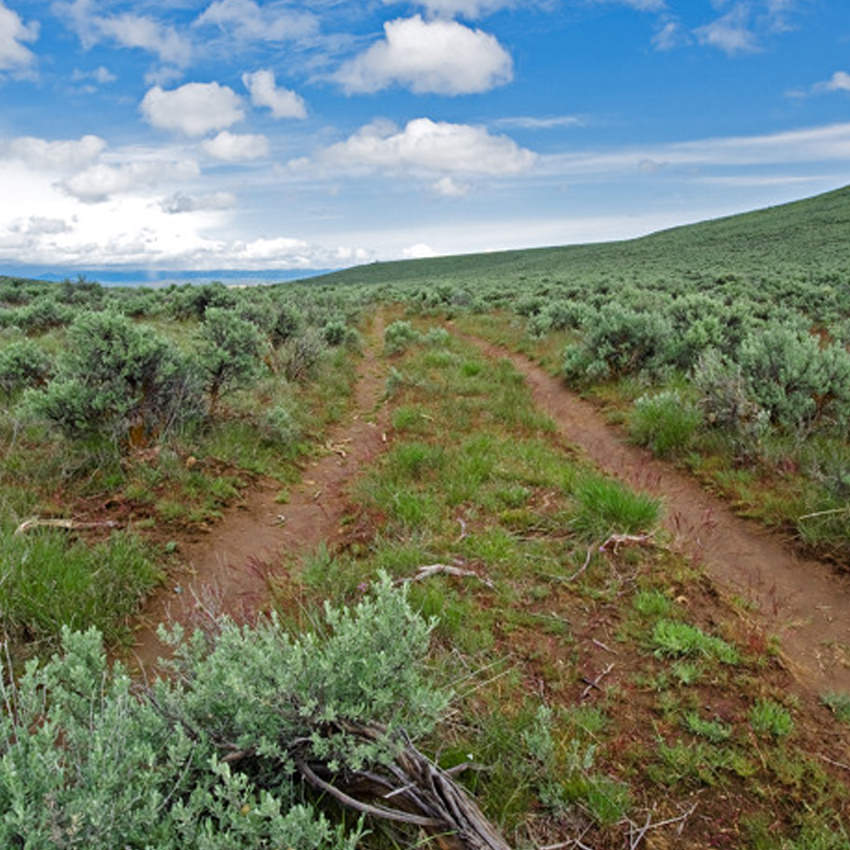
National Historic Oregon Trail Interpretive Center
Baker City
You can pack a trail wagon, experience stories from the trail and spin a wheel of fate to see if you would survive at Baker City's 500-acre National Historic Oregon Trail Interpretive Center. Time your visit to a number of Oregon Trail-themed events, including cooking competitions (Cast Iron Chef), weekend encampments, living-history presentations and pioneer skill shows. A 2.5-mile walking trail loops through the area with stops at still-existing wagon-trail ruts in the dirt, the site of a former wagon encampment and a panorama viewpoint.
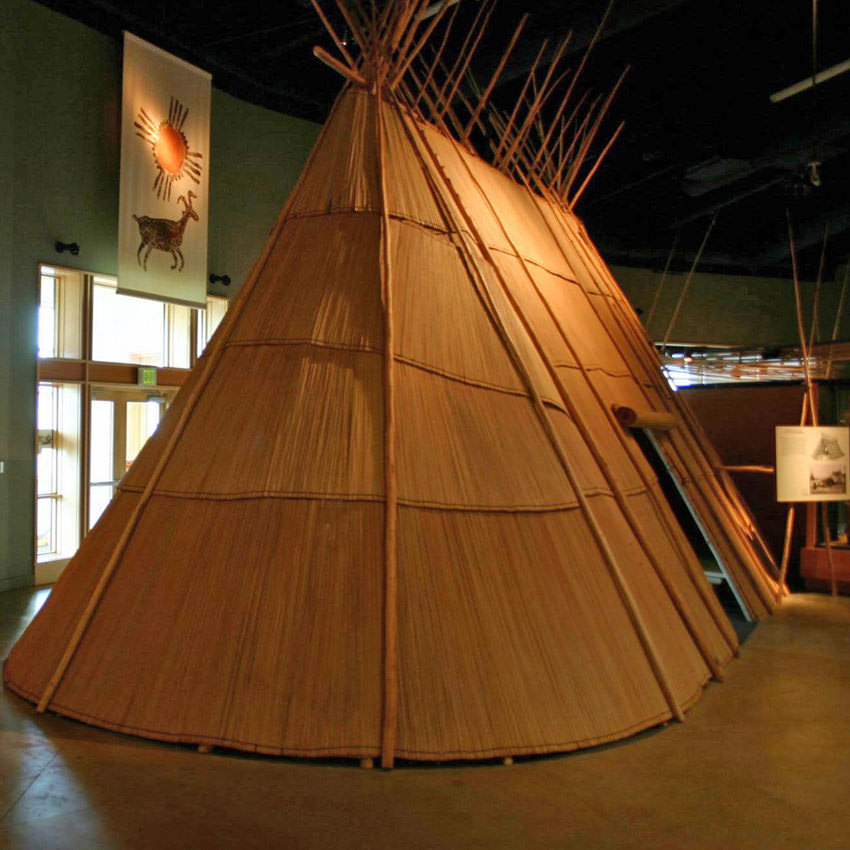
Tamástslikt Cultural Institute
Pendleton
For a deep dive into Native American life in the Pacific Northwest, the Pendleton-based Tamástslikt Cultural Institute expansively surveys some 10,000 years of living history. Interactive exhibits, special events and a Living Culture Village celebrate the traditions of Cayuse, Umatilla and Walla tribes. The institute is the only museum located along the historic Oregon Trail that documents how the arrival of settlers forever changed tribal life.
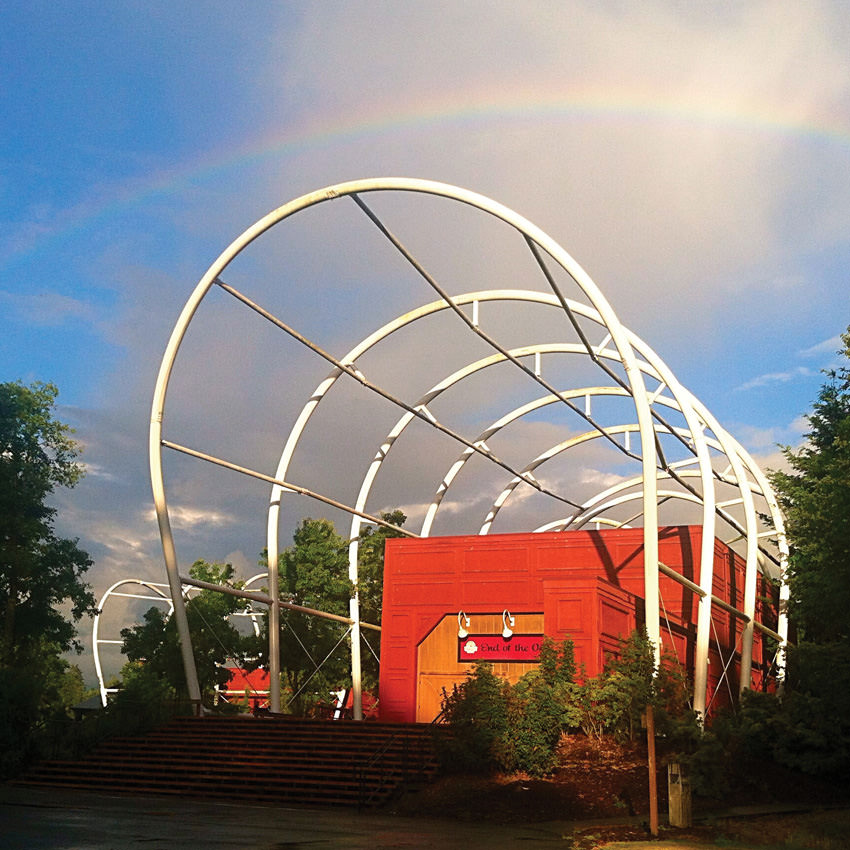
End of the Oregon Trail Interpretive Center
Oregon City
The plot thickens in Oregon City, historic site of the land-grant office where trail travelers signed their documents and received land assignments. Immerse yourself in trail lore, experience stories of settlers and dispel some trail myths at the End of the Oregon Trail Interpretive Center. Here's a fact you'll learn there: Most of the travelers who took to the trail were not poor and out for a quick land grab; instead, they were established families who sold everything they had to undertake the journey. The center's exhibits include a guided pioneer walk, genealogy assistance for pioneer descendants, crafts such as candle making, the history of black trail travelers and a running film about the drama of the trail.
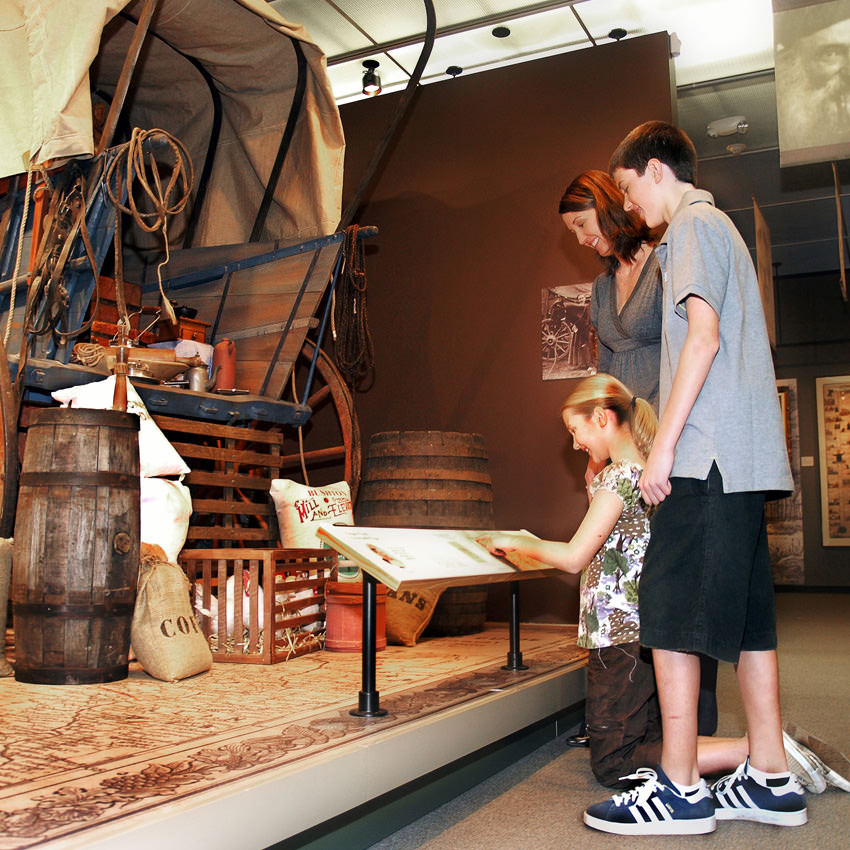
Oregon Historical Society
Portland
In a 7,000-foot space in its downtown Portland research facility and museum, the Oregon Historical Society tells the story of the state in its permanent exhibit "Oregon My Oregon." The exhibit also features two theaters, a re-creation of a Hudson's Bay Company ship hull, a 19th-century explorer's tent and an 1840s-era mercantile. Here you can earn a deeper understanding of the life of Native American tribes, the Oregon Trail era, the period of European-American exploration that preceded it, 20th-century migration and the growth of Oregon industry in the 20th century.
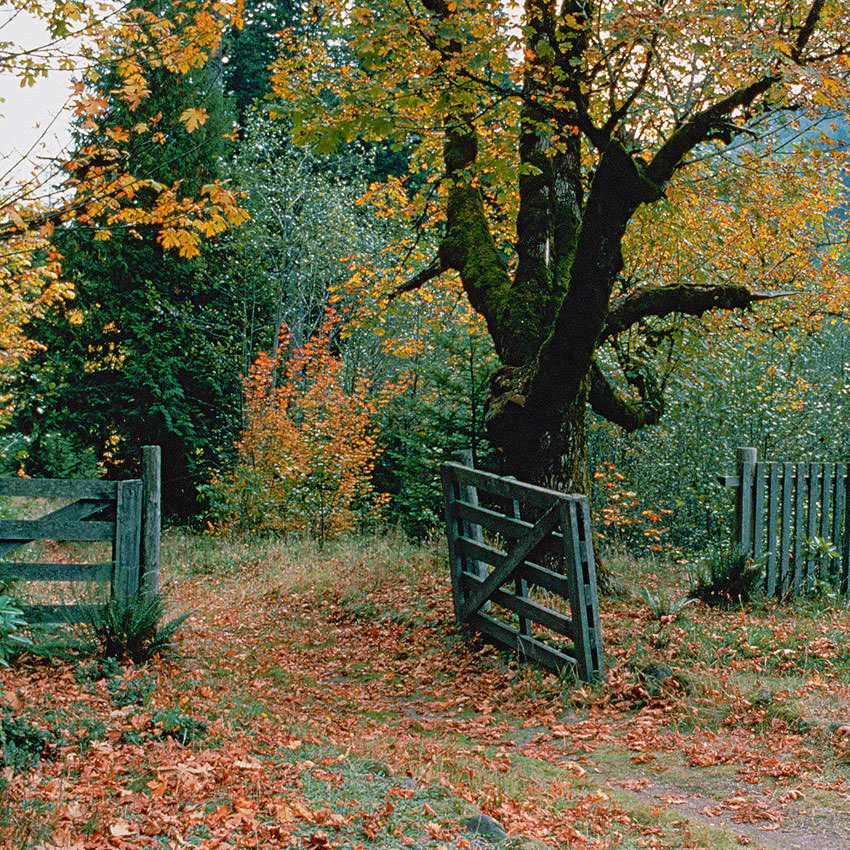
Barlow Road
The Dalles to Oregon City
Want to travel part of the trail yourself? Sam Barlow and Philip Foster built this last overland stretch of the Oregon Trail, a toll road, in 1846 to give travelers an alternative to the expensive, dangerous trip down the Columbia River. Today you can drive U.S. Route 26 from Sandy to Government Camp, which follows a segment of the historic road. Get out of the car to explore sections of the original wagon route for a Barlow Road hike, which begins at the Barlow Pass Trailhead. In Zigzag, the West Barlow Tollgate between mileposts 44 and 45 is a great place for a picnic.
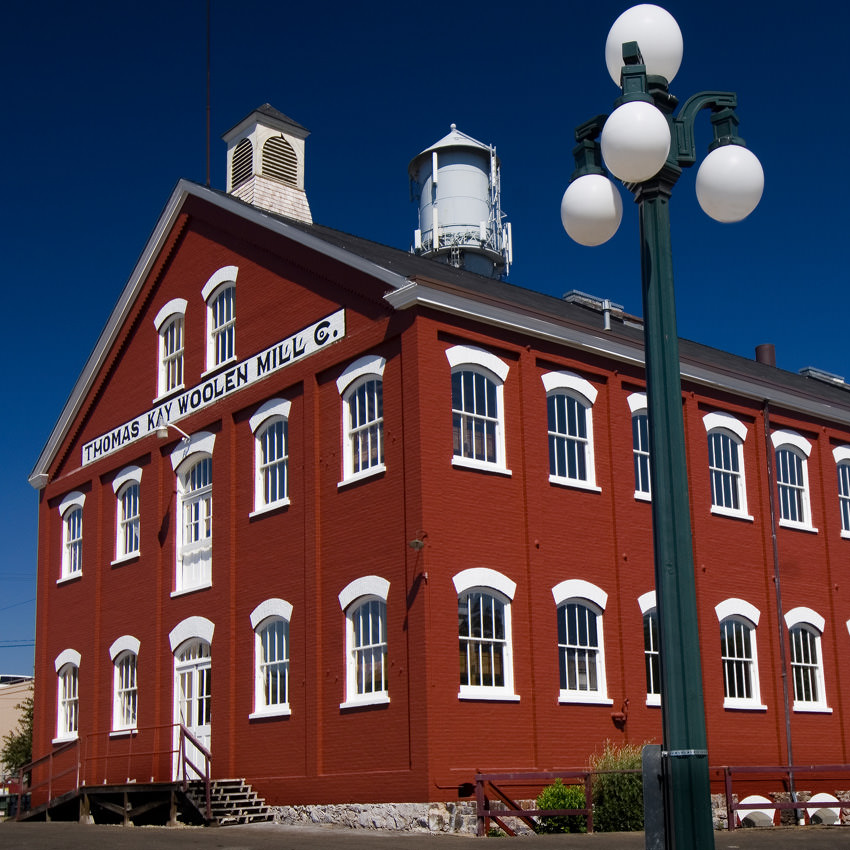
Oregon Pioneer Museums
The saga didn't end for new Oregonians upon arrival. Visitors can step into pioneer life as it took shape in the Oregon territory at further museums, such as Willamette Heritage Center in Salem, the Aurora Colony in Aurora and the Champoeg State Heritage Area. The Four Rivers Cultural Center in Ontario tells the often-forgotten stories of other pioneering immigrants, including the Northern Paiute, Japanese, Basque and Hispanic peoples.
garlickenesuatims.blogspot.com
Source: https://traveloregon.com/things-to-do/culture-history/historic-sites-oregon-trail/true-story-oregon-trail/
0 Response to "Travels Were Surprised at How Easy the Oregon Trail Was True or False Brainly"
Post a Comment